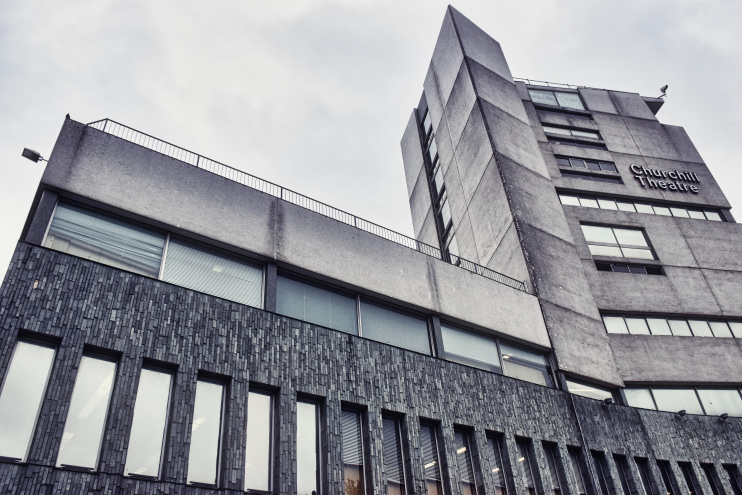Bromley
Bromley, Bromley
A major commercial centre and focal point of outer south-east London, located nine miles from Charing Cross in the upper valley of the River Ravensbourne

Bromley was ‘Bromleag’ in 862, from Old English words meaning ‘the heath where broom grows’. Broom is less common nowadays, but the yellow-flowered shrub formerly covered many woodland clearings in the London area and gave its name to Brompton, Broom Hill and Broomfield House in Palmers Green, as well as to the sweeping devices that were made from its twigs.
An Anglo-Saxon settlement developed around the site now occupied by the market square and Gilbert Glanville, Bishop of Rochester, built a palace nearby in 1185. The bishop’s successors encouraged pilgrims to visit St Blaise’s well, which was fed by a spring whose waters tasted of iron. In 1205 King John granted a charter to the town’s market, which specialised in the wool trade.
Despite its important institutions, Bromley had only 129 households in the 1660s, when the almshouses of Bromley College were built. A separate hamlet had by this time evolved to the south, at Bromley Common. Bromley flourished as a spa town after the rediscovery of the St Blaise’s well in 1754.
A new episcopal palace was constructed in 1775, surrounded by a moat. The last Bishop of Rochester to be based at Bromley Palace moved away in 1845.
Bromley station (now Bromley South) opened in 1858 and the first substantial villas appeared soon afterwards.
A second station (now Bromley North) opened in 1878 and whole estates of middle-class housing began to spread out from the centre, including ‘New Bromley’ to the north-east, together with clusters of cottages for artisans. The railway also brought suburban growth to peripheral hamlets like Bickley and Sundridge.
Central Bromley was fully built up by the outbreak of the First World War and subsequent change has been limited to the replacement of large houses and some factories with compact houses or blocks of flats. Bromley Palace was converted into a teacher training college in the 1930s and now forms the core of Bromley civic centre. The parish church of St Peter and St Paul was rebuilt in the 1950s following wartime devastation.
Later developments included the pedestrianisation of the High Street and the construction in 1975–7 of a library and theatre block and in 1991 of the Glades shopping centre. Bromley’s rivalry with Croydon and Kingston as south London’s leading shopping destination has been undermined in recent years by competition from the Bluewater centre in Kent.
The writer HG Wells was born in 1866 over a shop at 47 High Street – now the site of a branch of Primark. The author Hanif Kureishi grew up here in the 1960s and later mocked Bromley in The Buddha of Suburbia.
In the 1970s the Bromley Contingent was a faction of punk fashionistas and early followers of the Sex Pistols. Billy Idol and the original line-up of Siouxsie and the Banshees emerged from the contingent.
